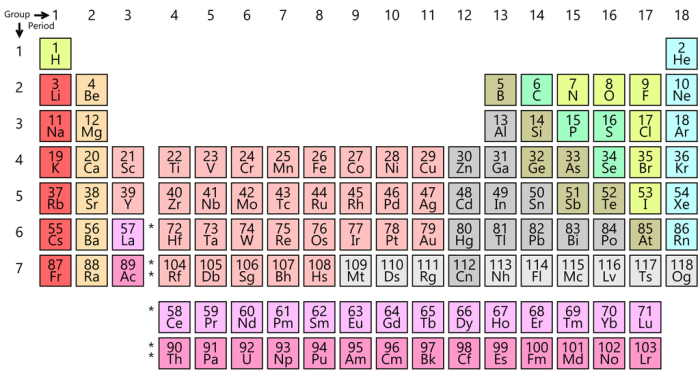Welcome to the ultimate guide to student exploration rabbit population by season answer key, where scientific inquiry meets pedagogical excellence. This comprehensive resource delves into the fascinating world of rabbit population dynamics, empowering students with the knowledge and tools to unravel the mysteries of nature.
Through hands-on exploration and data-driven analysis, this exploration unveils the intricate relationship between rabbits and their environment, fostering a deep understanding of seasonal variations and their ecological implications.
Student Exploration: Rabbit Population by Season: Student Exploration Rabbit Population By Season Answer Key
The Student Exploration: Rabbit Population by Season is an educational resource designed to engage students in the scientific process of studying population dynamics in a natural ecosystem. The exploration provides hands-on experience in data collection, analysis, and interpretation, fostering critical thinking, problem-solving, and environmental awareness.
The exploration follows a structured approach that guides students through the following steps:
- Observing and counting rabbit populations in different seasons
- Recording data on environmental conditions, food availability, and predator presence
- Analyzing the data to identify patterns and trends
- Drawing conclusions about the factors that influence rabbit population dynamics
- Discussing the implications of their findings for conservation efforts and ecosystem balance
Seasonal Variations in Rabbit Population
The exploration reveals that rabbit populations undergo significant seasonal variations. During spring and summer, rabbit populations tend to increase due to favorable conditions such as abundant food availability and reduced predator activity. As autumn and winter approach, rabbit populations decline as food becomes scarce and predators become more active.
Several factors contribute to these seasonal variations:
- Environmental conditions:Temperature, rainfall, and day length can affect rabbit reproduction, survival, and food availability.
- Food availability:Rabbits primarily feed on vegetation, which is more abundant during spring and summer.
- Predator-prey interactions:Rabbits are preyed upon by a variety of animals, including foxes, coyotes, and owls. Predator activity can significantly reduce rabbit populations.
Data Analysis and Interpretation
The exploration employs statistical methods to analyze the collected data. Students calculate population densities, determine trends over time, and identify correlations between rabbit population size and environmental factors. By analyzing the data, students can draw meaningful conclusions about the factors that influence rabbit population dynamics.
The exploration also discusses the limitations and potential sources of error in the data analysis. These include sampling bias, environmental variability, and the challenges of accurately counting rabbit populations.
Applications and Implications
The findings from the Student Exploration: Rabbit Population by Season have practical applications in conservation efforts and habitat management strategies. Understanding seasonal population trends can help wildlife managers predict population fluctuations and implement appropriate measures to protect rabbit populations and their ecosystems.
The exploration also highlights the implications of rabbit population fluctuations for ecosystem balance and biodiversity. Rabbits play a crucial role as herbivores, influencing plant communities and providing food for predators. Changes in rabbit populations can have cascading effects on other species and the overall health of the ecosystem.
Student Engagement and Learning, Student exploration rabbit population by season answer key
The Student Exploration: Rabbit Population by Season is an engaging and educational experience that fosters student learning in several ways:
- Scientific process:Students engage in the scientific process by making observations, collecting data, analyzing results, and drawing conclusions.
- Critical thinking:Students develop critical thinking skills by analyzing data, identifying patterns, and evaluating evidence.
- Data analysis skills:Students learn how to use statistical methods to analyze data and draw meaningful conclusions.
- Environmental awareness:Students gain a deeper understanding of the factors that influence wildlife populations and the importance of ecosystem balance.
The exploration can be easily integrated into classroom curricula and educational programs, providing students with a hands-on and engaging way to learn about population dynamics and ecology.
FAQ
What is the purpose of the student exploration rabbit population by season?
To investigate the seasonal changes in rabbit population size and identify the factors that contribute to these variations.
How is the data collected in this exploration?
Through direct observation, population surveys, and environmental data collection.
What are the key findings of this exploration?
Rabbit populations fluctuate seasonally due to changes in environmental conditions, food availability, and predator-prey interactions.
